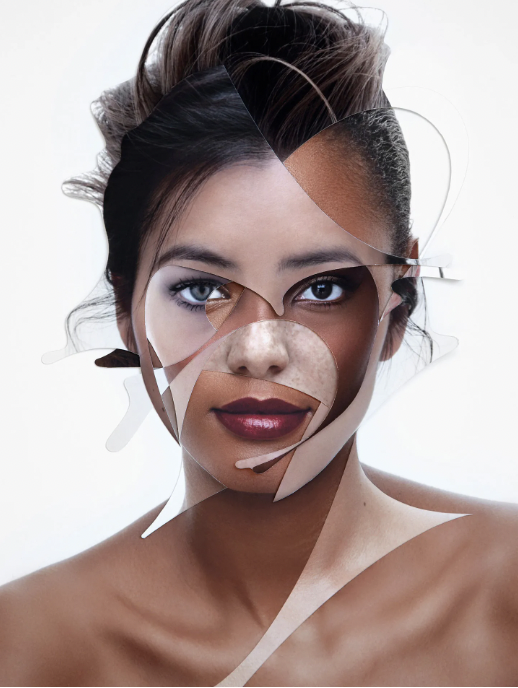Celebrating Diversity: Embracing Inclusivity in Bridal Beauty for Aspiring Makeup Artists and Hairstylists
The beauty of a wedding celebration lies not only in the union of two souls but also in the diversity and uniqueness of the individuals involved. In the realm of bridal beauty, there's an increasing recognition of the importance of inclusivity and celebrating diverse beauty in wedding makeup and hairstyles. Aspiring makeup artists and hairstylists have a significant role in honoring and amplifying this diversity, ensuring that every bride feels seen, celebrated, and beautiful on her special day. Let's explore the significance of inclusivity in bridal beauty and how aspiring professionals can champion diversity in their craft at our professional makeup and hairstyling school.
Embracing Diverse Skin Tones: Learn techniques and practices to cater to a spectrum of skin tones and undertones. Familiarize yourself with a wide range of foundation shades and makeup products suitable for diverse complexions.
Tailoring Makeup to Individual Features: Understand the unique facial features of clients from various backgrounds. Adapt makeup techniques to enhance and celebrate individual beauty, rather than applying a one-size-fits-all approach.
Celebrating Cultural Traditions: Respect and embrace diverse cultural traditions reflected in bridal makeup and hairstyles. Learn about traditional wedding customs and adapt makeup and hairstyling techniques accordingly.
Addressing Hair Texture and Styles: Appreciate the diversity in hair textures and styles. Master techniques suitable for curly, coily, wavy, and straight hair, ensuring inclusivity in hairstyling for brides from all backgrounds.
Providing Accessible Services: Ensure that your makeup and hairstyling services are accessible and welcoming to clients of all genders, orientations, races, and abilities. Create an inclusive environment that fosters comfort and acceptance.
Representation in Portfolio and Marketing: Showcase diversity in your portfolio by featuring clients from various backgrounds. Use inclusive language and imagery in your marketing materials to communicate a welcoming environment.
Continued Education on Diversity: Keep learning and expanding your knowledge about diverse beauty standards and practices. Attend workshops, engage with diverse communities, and learn from experts in inclusive beauty.
Listening and Communicating with Clients: Engage in open and respectful communication with clients. Listen attentively to their preferences, concerns, and cultural considerations, fostering a trusting and inclusive environment.
Collaborating with a Diverse Network: Build relationships with a diverse network of artists, models, and vendors. Collaborate with professionals from different backgrounds to promote and celebrate diversity in the wedding industry.
Conclusion: Inclusivity in bridal beauty isn't just about applying makeup or styling hair; it's about celebrating the uniqueness and diversity of each individual. At my professional makeup and hairstyling school, we recognize the importance of championing inclusivity. By embracing diversity in makeup and hairstyling, aspiring artists contribute to creating a wedding industry that reflects and celebrates the beauty of all individuals, ensuring that every bride feels empowered and beautiful on her special day

